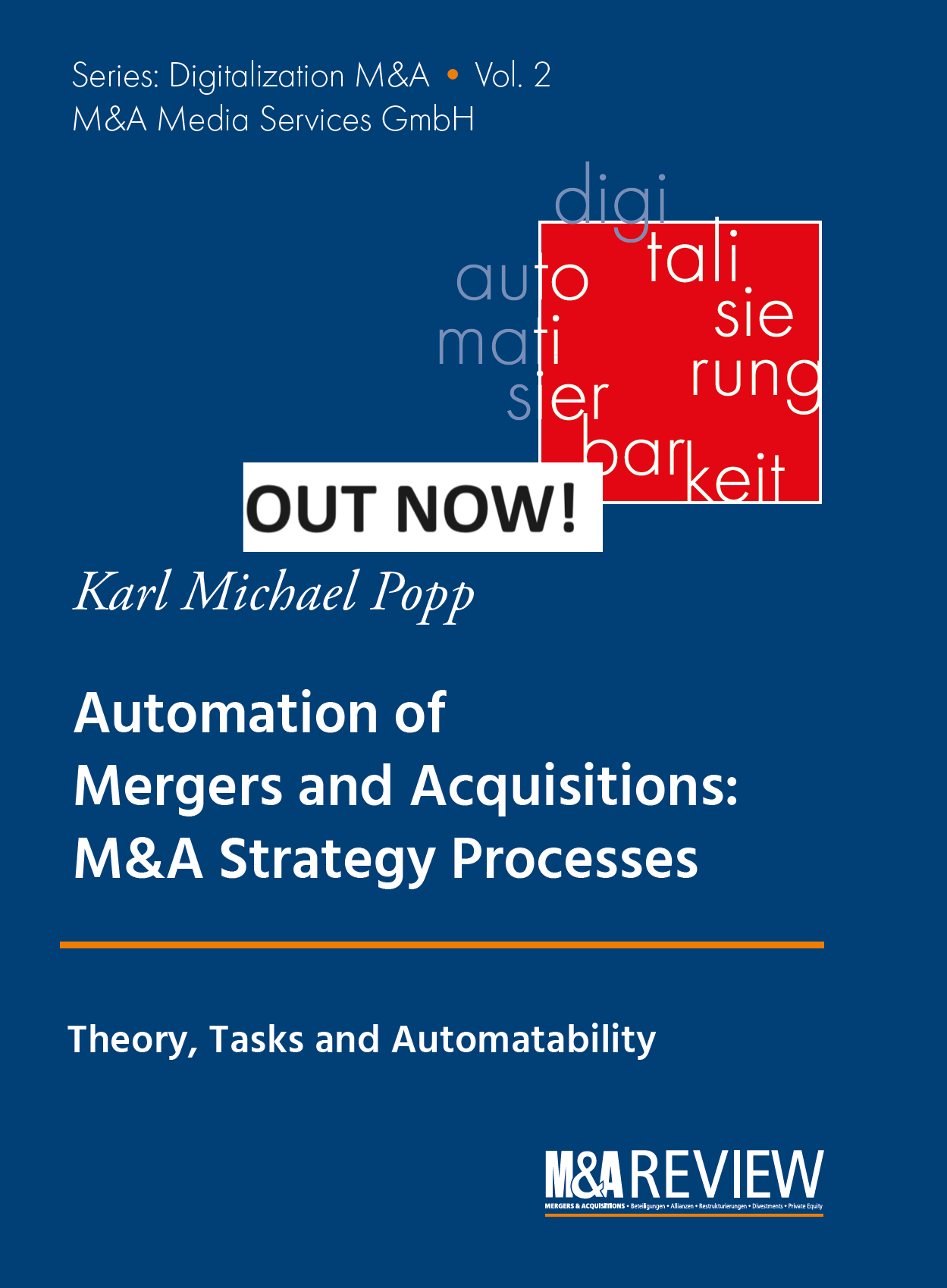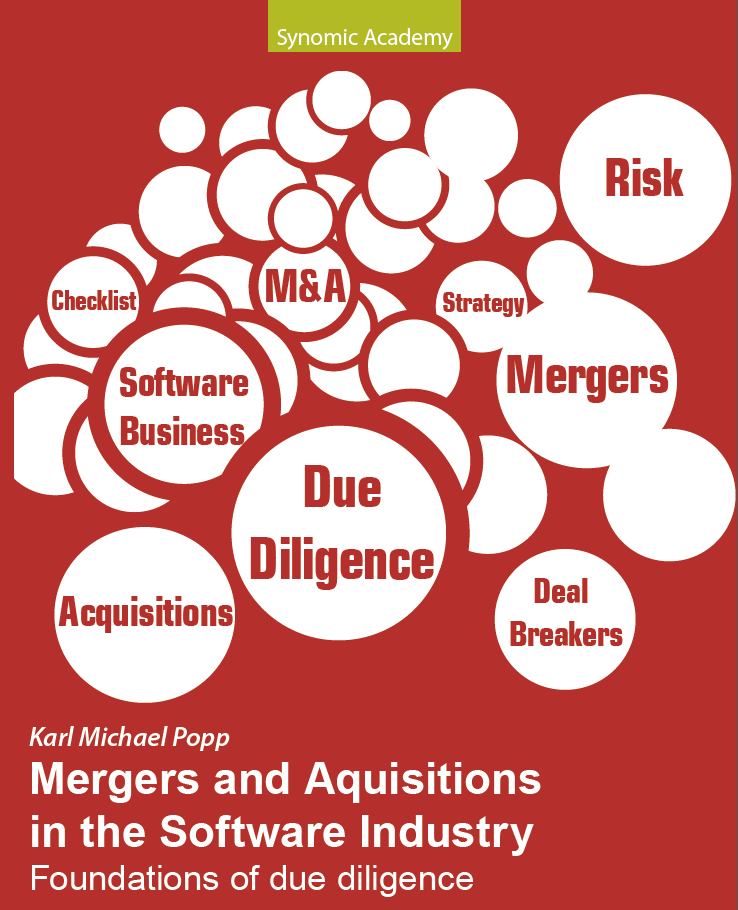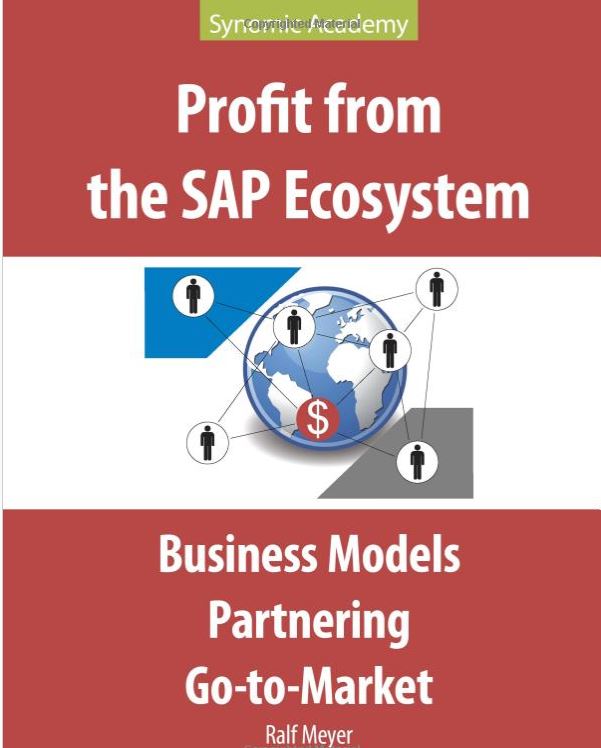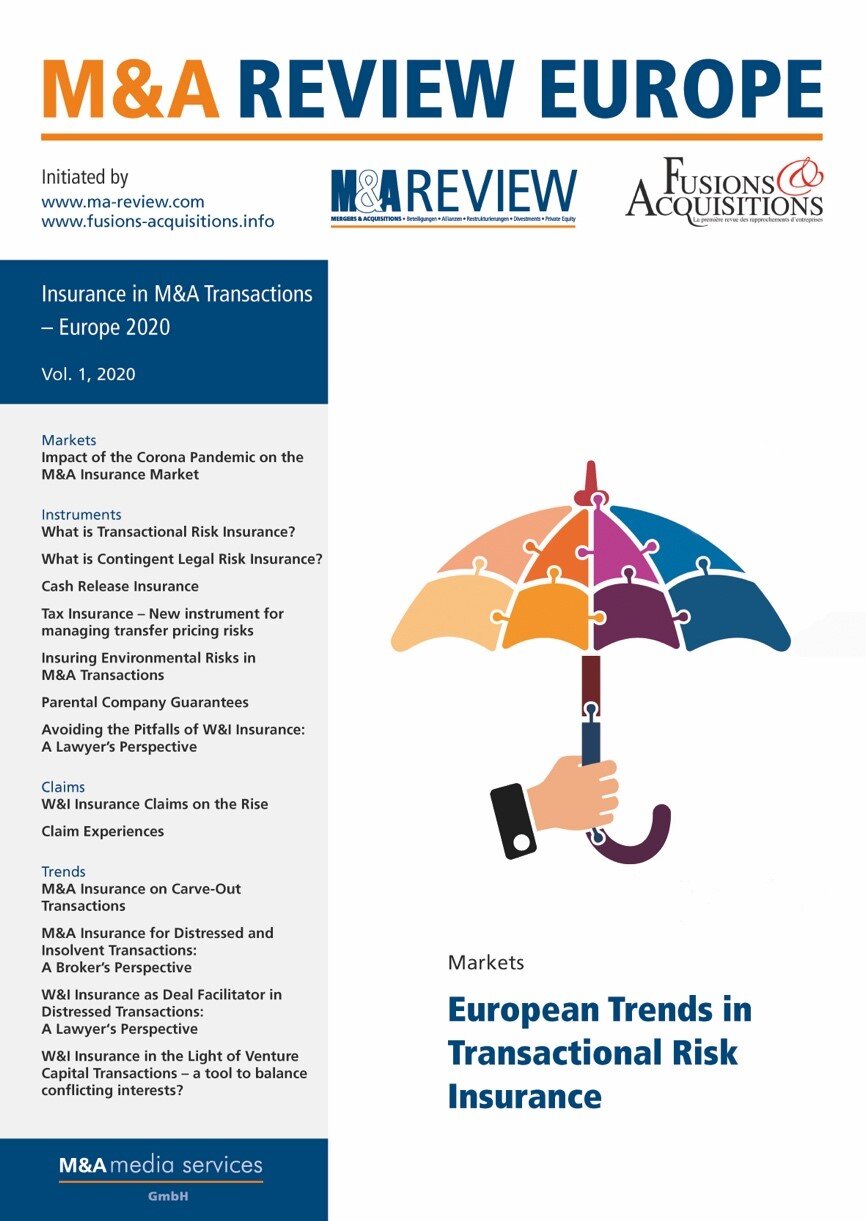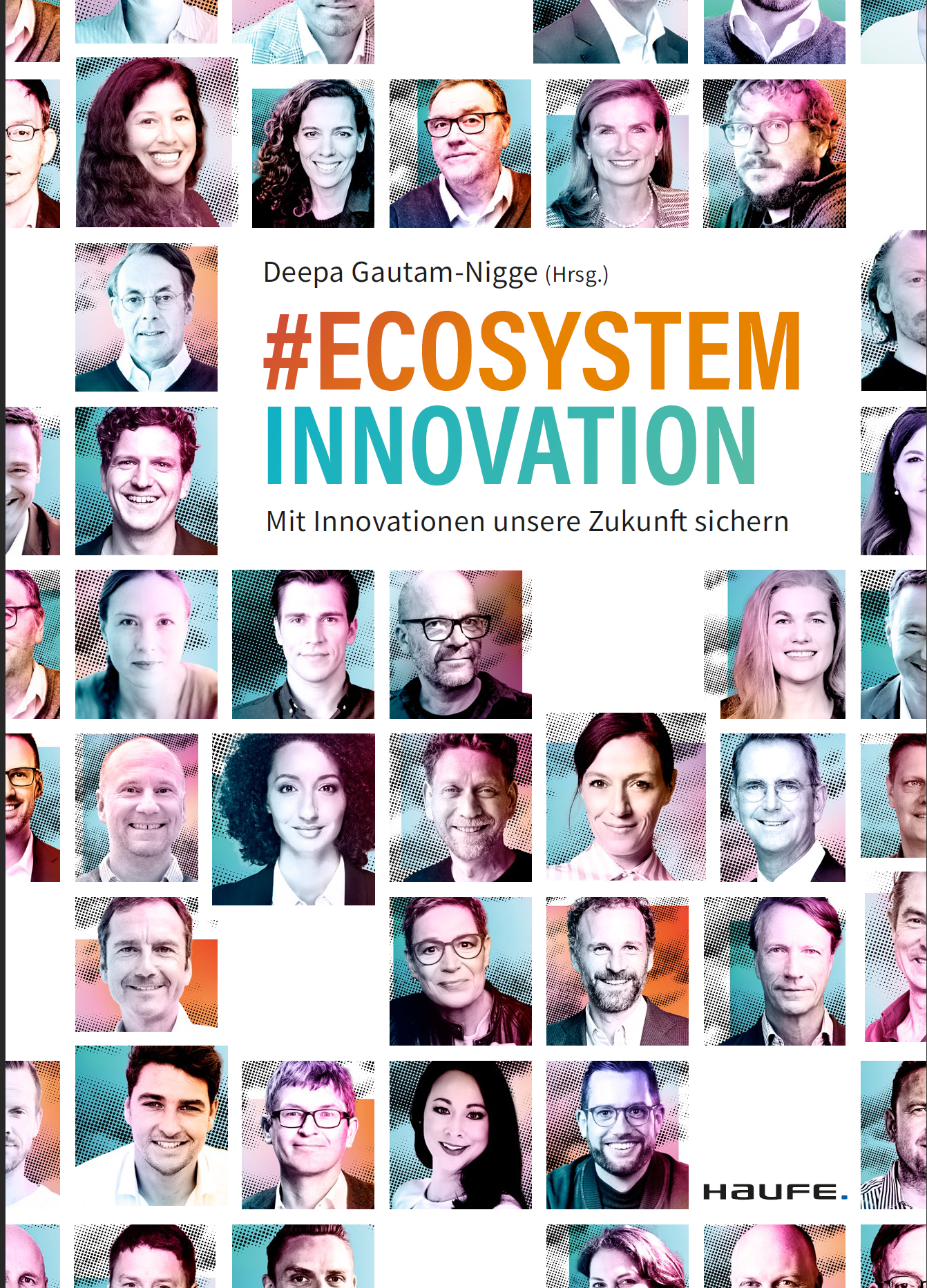Some thoughts on merger automation
Merger automation: This is a topic I am addressing in my current books. Automation is actually something simple. Tasks are not done manually, but partially or fully automatic.
Automations in the M&A process are cast in software. So, we did a little study on what digitization technologies would be applicable in the M&A process. The question is: Which technologies can I use to support M&A practitioners? We came up with about 50 different technologies, including various shades of analytics and machine learning. The results show that for technologies that have been on the market longer, there is also a greater number of tools.
Here´s an example. Search engine technology has been on the market for about twenty years. If we look at the different M&A phases in terms of where search tasks exist, e.g. the target search, there are about a dozen tools for target search, and that is only a sample. In contrast, there seem to be far fewer or no tools at all for the other tasks in the strategy phase. In the next few years, new tools will certainly come onto the market; currently, we are still in the early adaptation phase of new technologies in the M&A process.
But you not only have to know the tools, you also have to apply and use them in practice. For example, the search engine technology mentioned is not a new technology but has been in use for a long time. Only when a technology has entered the mindset of M&A practitioners they will use it. Today, that certainly is the case with search, but not with RPA or machine learning .
Automation opportunities in due diligence
You can either do due diligence in the classic way without technology support or with supporting tools. Let's take the purchase of a small software company as an example. Classic means that you get documents, have management meetings, hold due diligence meetings, and then try to make sense of them. You try to make sense of it all and draw conclusions from the usually very extensive information provided. This is very time-consuming, and you always have the feeling "Somehow we don't know everything yet, but time is running out" or "We would have liked to ask so many more questions."
In contrast, you can run various automated tools in the due diligence process that, for example, analyze which licensed software is included in the target's product. Through the analyses mentioned, you can get, for example, a list of 500 pieces of open source and 10 pieces of in-licensed software. That saves a lot of manual work during due diligence.
Furthermore, you might use different tools to find security vulnerabilities. These tools run automatically and report potential security gaps. You then have to look through the gaps in detail and evaluate which ones need to be mitigated.
Even more advanced, you can use a service provider's tool that analyzes source code repositories of the target. There, for example, an assessment is made of the complexity, quality or architecture of the software products. These are points that would otherwise have had to be inquired about during due diligence and that can usually only be generated manually, if at all, with a great deal of effort. A particularly important effect from this automated analysis is that it gives us more space for high-quality discussions during due diligence in the same period of time. For example, these are discussions on the mitigation of problems and risks.
Automated analysis of due diligence documents
Contract analysis is much more advanced today than most practitioners realize. There are tools today that combine contracts with 75 attachments into a summary contract. Using certain keywords, these tools then find explanations of control rights, clauses with possible compensation payments or other things in the contract. This is relatively simple to achieve. A few tools go one step further and can do clause analyses, i.e. evaluations of the clauses. For example, these tools can find a liability clause but classify it as low-critical by finding out it is limited to 100,000 euros. That's what I would call state of the art. I see the key benefit of this type of automation primarily in legal due diligence. If I have four weeks for due diligence, three weeks of that should not be used to read contracts. With the automations I mentioned above, ideally a list of legal risks is already available on day one, when the documents are provided. Then we have the rest of the four weeks to think about how to deal with it.
From data rooms to innovation platforms
What I would like to see, but which is not yet in use today, is an integrated data room in which not only the analyses of contracts, but also linked analyses of products, escalations in support or other things in the company run. In other words, a kind of forensic analysis. This would enable me, for example, to analyze an existing escalation with a customer not in isolation, but in conjunction with the associated contract, payments received or historical orders. Overall, I see the data room providers on the way to providing machine learning applications in their data rooms. The companies are at different stages of development, but they are all still relatively far at the beginning. But things are happening to make the automation level of data room analytics better for the regular use.
But to get from data rooms being transaction platforms to innovation platforms, data room providers have to open up their platforms to other software vendors, provide APIs for the data and allow partner innovations on top of data rooms. This will massively speed up new development and increase the speed of innovation for solutions for the M&A process.


